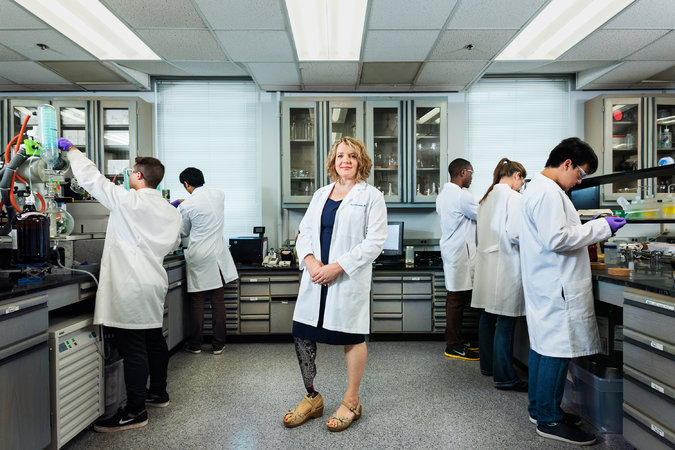In centuries past, the functions of physician, botanist, chemist and spiritual advisor were often carried out the same person in any given locale. While this fell out of fashion during the Renaissance the New York Times Magazine ran an article last month about researchers proposing a return to some of these “traditional” practices and scientists re-examining medical treatments long considered archaic. More specifically, it discusses scientific evaluation of folk medicines via ethnobotany as we near the end of the efficacy of most antibiotics developed and produced by big pharma with more and more bacteria evolving resistance to all such treatment. Now if they start allowing invocations before sealing up each batch of meds! In part the feature states:
“The story of the malaria drug artemisinin is one of the most compelling testaments to the antimicrobial power of plants. In 1967, Mao Zedong initiated a secret military project to discover new treatments for malaria, which is caused by mosquito-borne microorganisms known as Plasmodia. The Vietnam War was raging, and China’s allies in North Vietnam were losing soldiers to the disease. These outbreaks were made worse by the fact that Plasmodia had developed resistance to chloroquine and other antimalarial drugs then in use.
Mao’s project recruited 500 scientists to find a new cure using two chief tactics: synthetic chemistry and ethnobotany based on traditional Chinese medicine. By analyzing ancient medical texts and more than 2,000 herbal remedies, the phytochemist Tu Youyou and her team identified a plant supposedly brimming with antimalarial compounds: sweet wormwood (Artemisia annua), a member of the daisy family that looks a bit like chamomile. Upon initial testing, the plant did not perform well. But a fourth-century handbook of prescriptions provided a vital insight: To extract the plant’s medicinal properties, it should be steeped in relatively cold water, rather than boiled like tea. Subsequent research identified wormwood’s primary active compound, which was eventually developed into artemisinin, one of the most successful treatments for malaria in history. In 2015, Tu received the Nobel Prize in Physiology or Medicine.”

